Many elements of interior design go into adding to the character of a room. These can be in the form of upholstery, decor, lighting, and so on. One element that — if applied masterfully — can stand out as well as shape the appearance of the entire room is an area rug. This versatile piece of craftsmanship has an arsenal of properties pertaining to both aesthetics and function. Not only does it bring that extra bit of color and texture to a room, but an area rug can also provide comfort as well as calmness due to its ability to absorb sound. When style and imagination come into play, there are vague limits as to how you can incorporate rugs into your living space.
What exactly are area rugs?
An area rug is basically a scaled-down version of a carpet. As opposed to wall-to-wall carpets, you can find area rugs in a variety of sizes, the most common of which are 5’x8’ and 8’x11’. Moreover, the portability of rugs is a major advantage over full-scale carpeting, which tends to be inconvenient to replace. Area rugs are also available in a variety of patterns, colors, as well as textures, leaving you with ample options to get creative with. The versatility that rugs provide makes them a must-have element of interior design.
Define or Connect Spaces
Whether it’s a hallway, a dining area, or a living room, area rugs play a major role in highlighting the spaces. In hallways and corridors, a runner rug can paint a visual path that covers the significant length of the area. A living room rug, whereas, can affect the perception of the room’s size depending on the set-up. For instance, placing furniture around the rug can make a small room appear bigger than it is. In bedrooms, an 8’ x 10’ rug can unify a queen-sized bed with other pieces of furniture such as a poof or a fauteuil. Area rugs are especially prominent in open-floor plans where they essentially define the multiple seating as well as dining zones.
Besides defining spaces, area rugs can also connect them. Having similarly colored rugs in bordering rooms can establish a visual unification between the two. One setting that may welcome this application of area rugs is an enfilade.
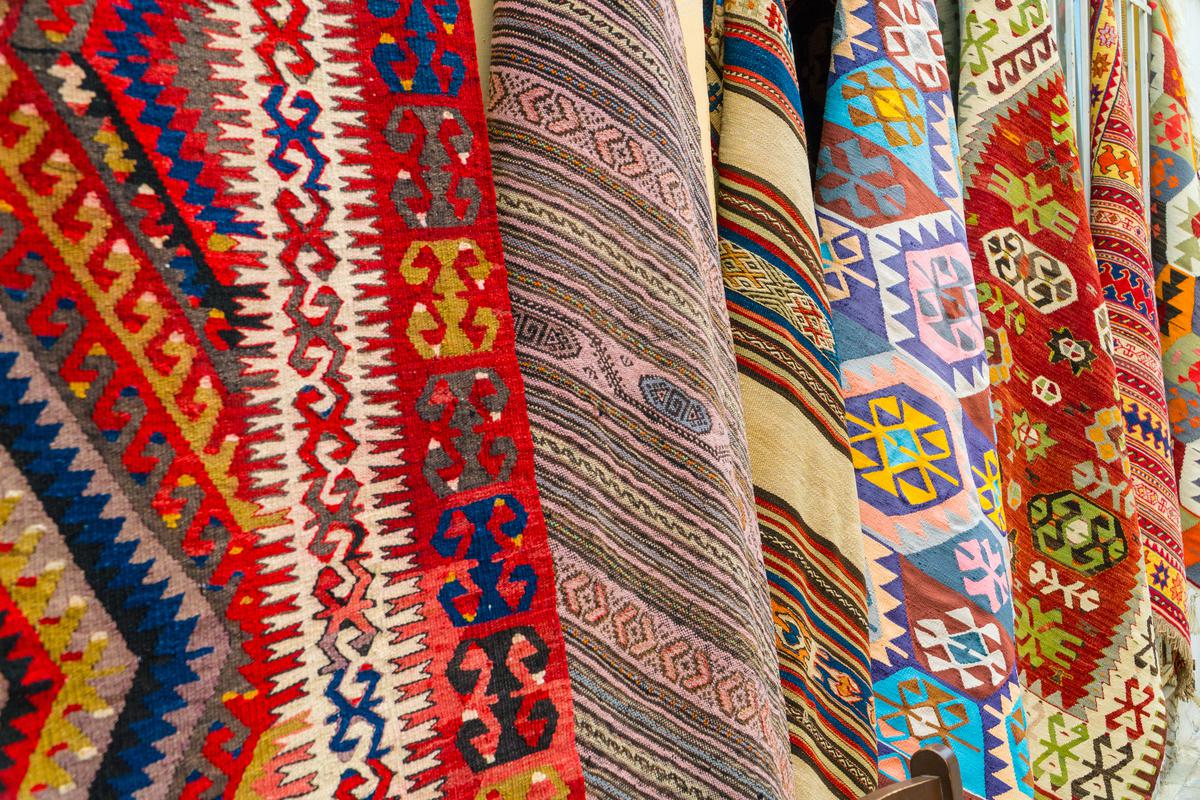

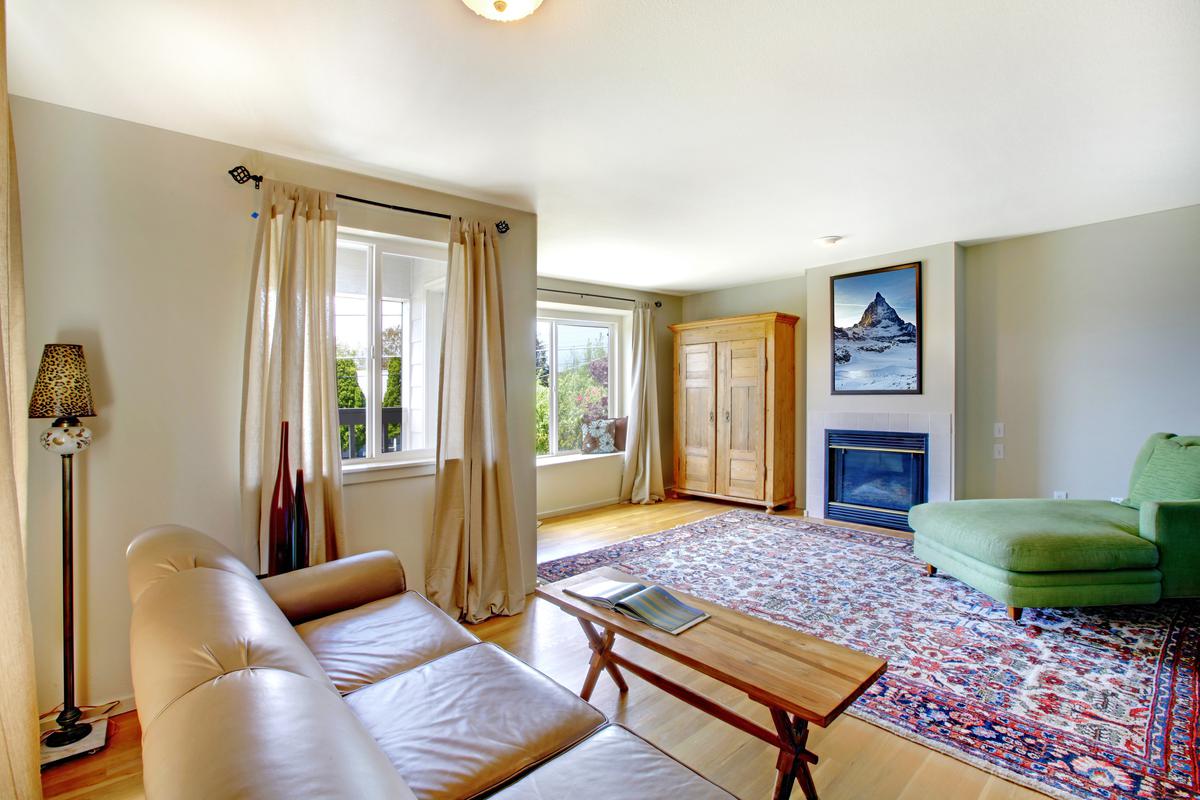
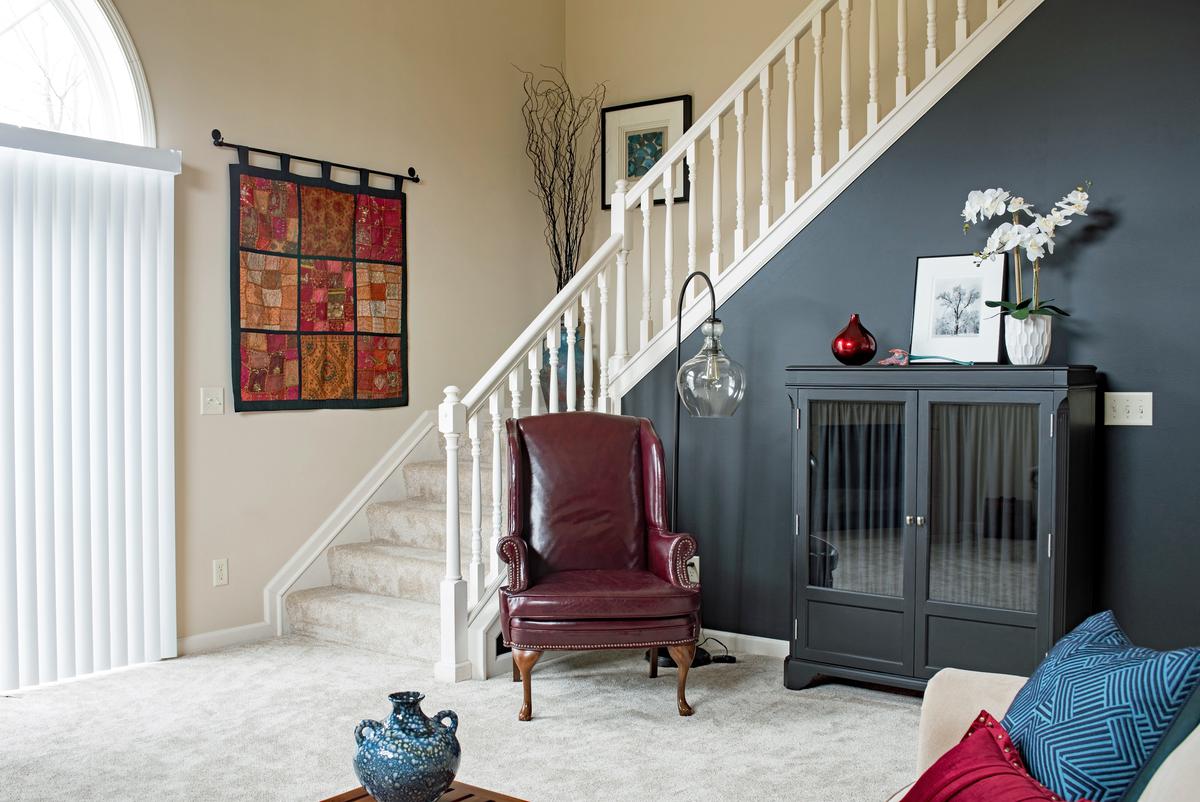
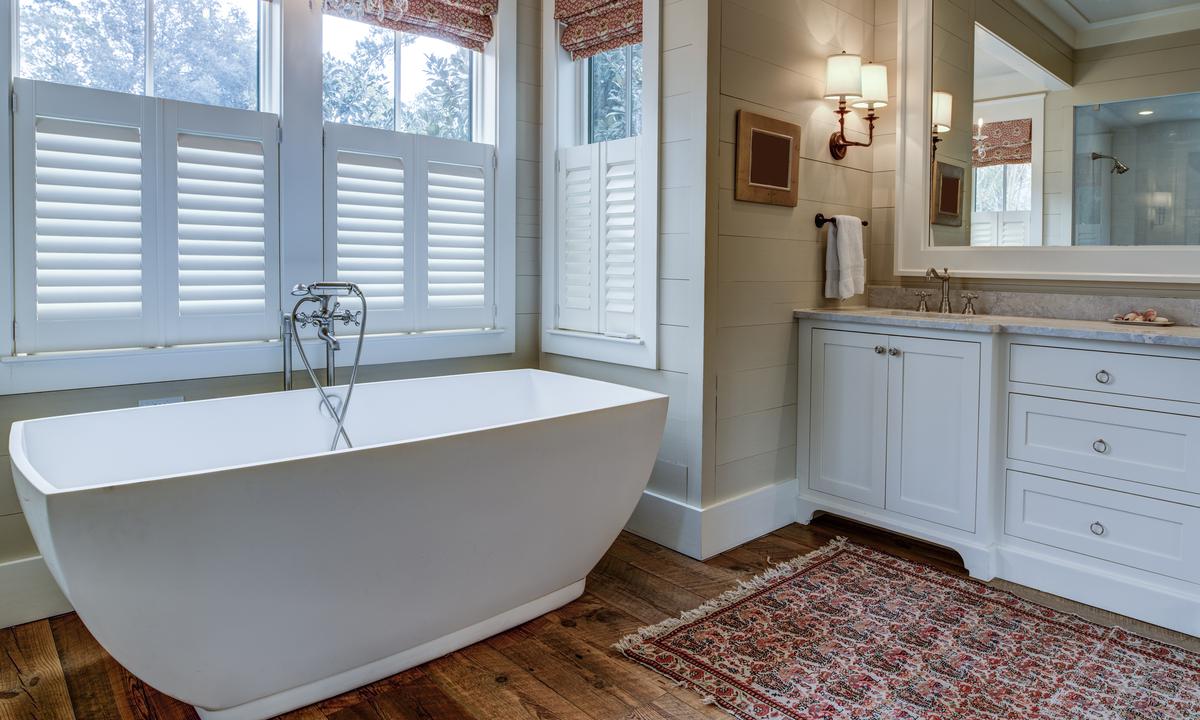
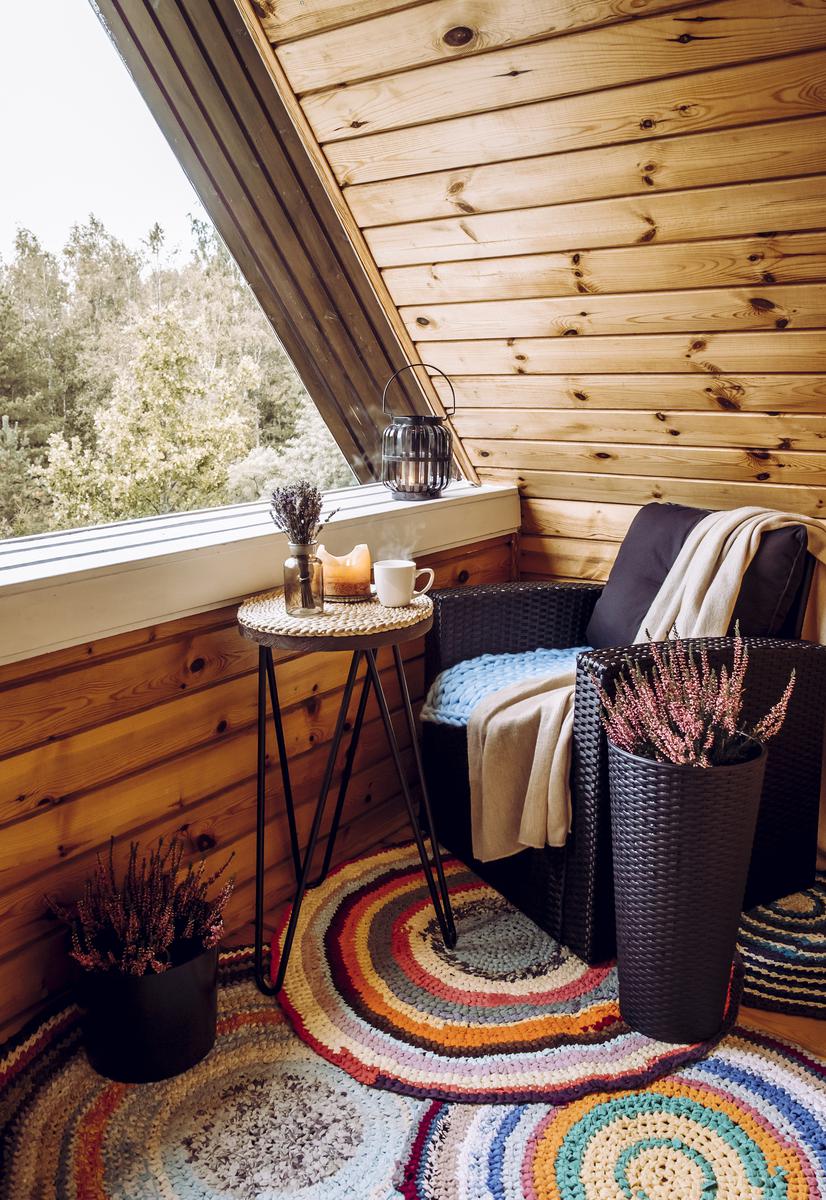
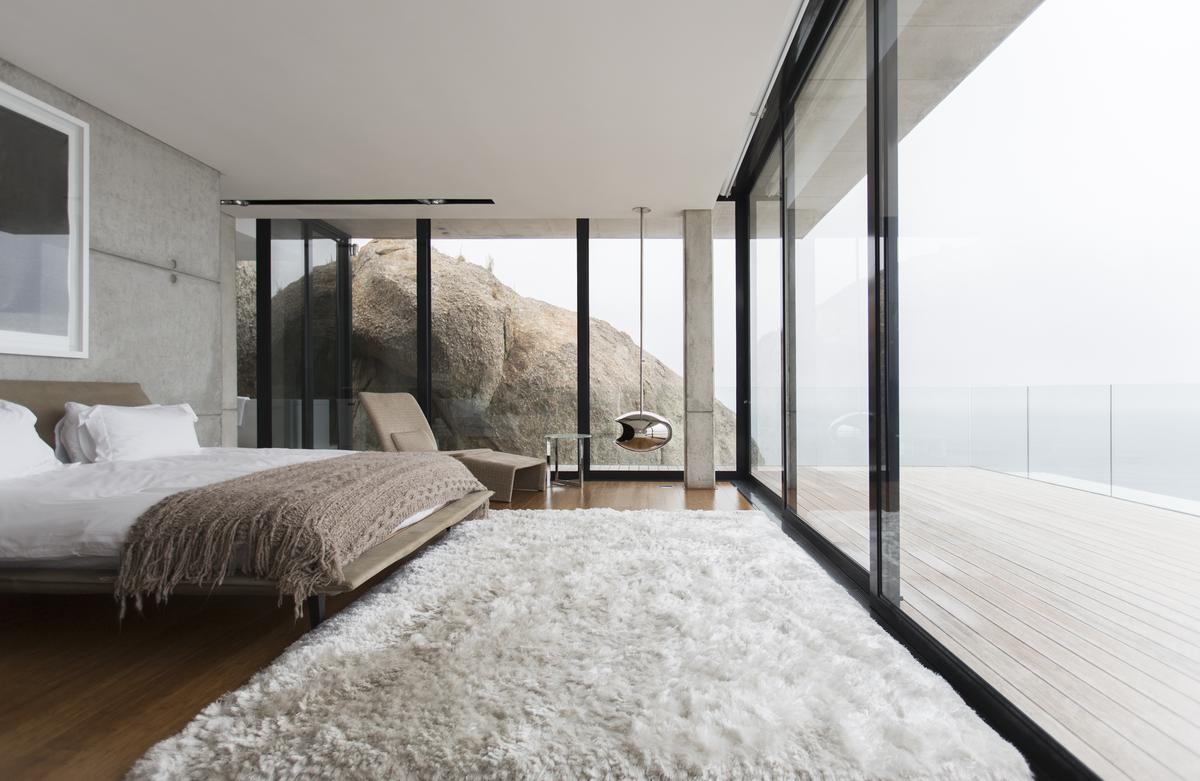

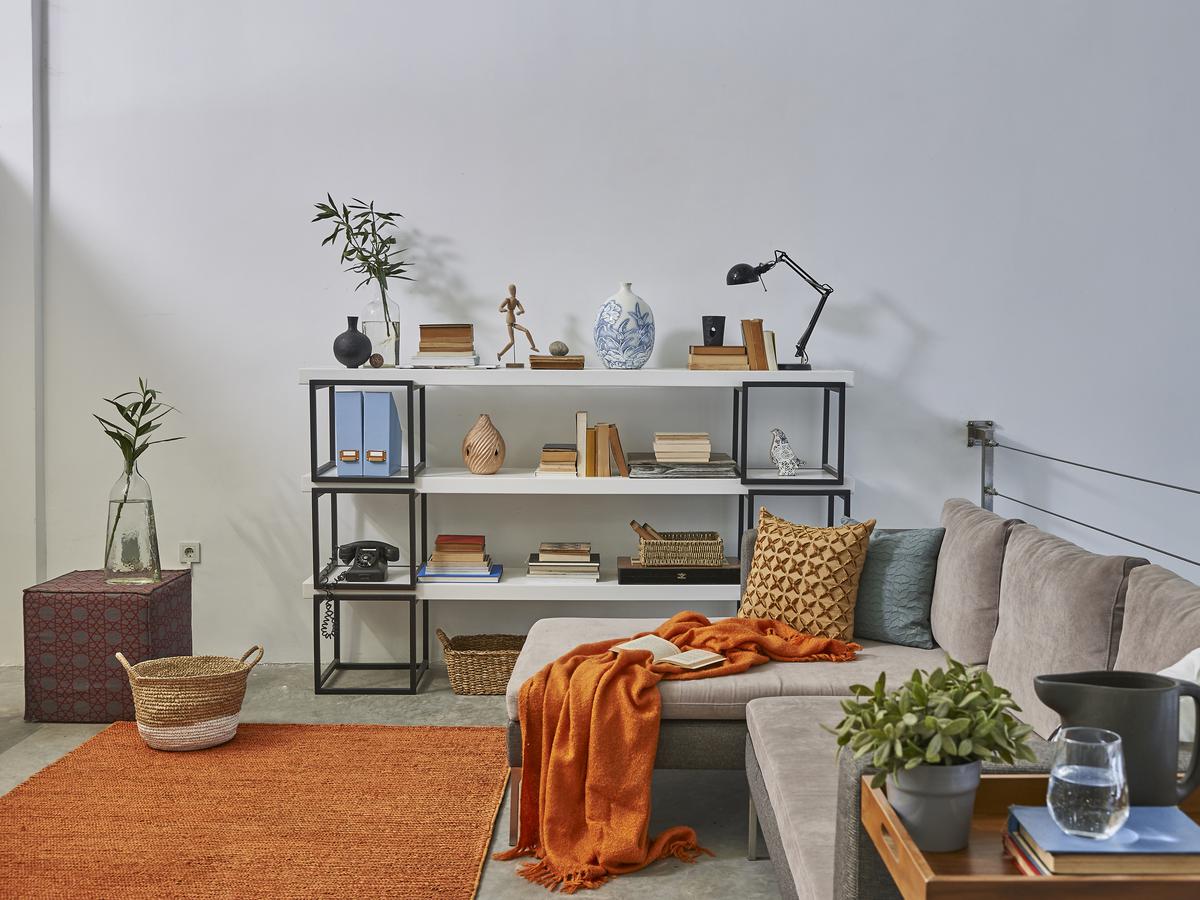
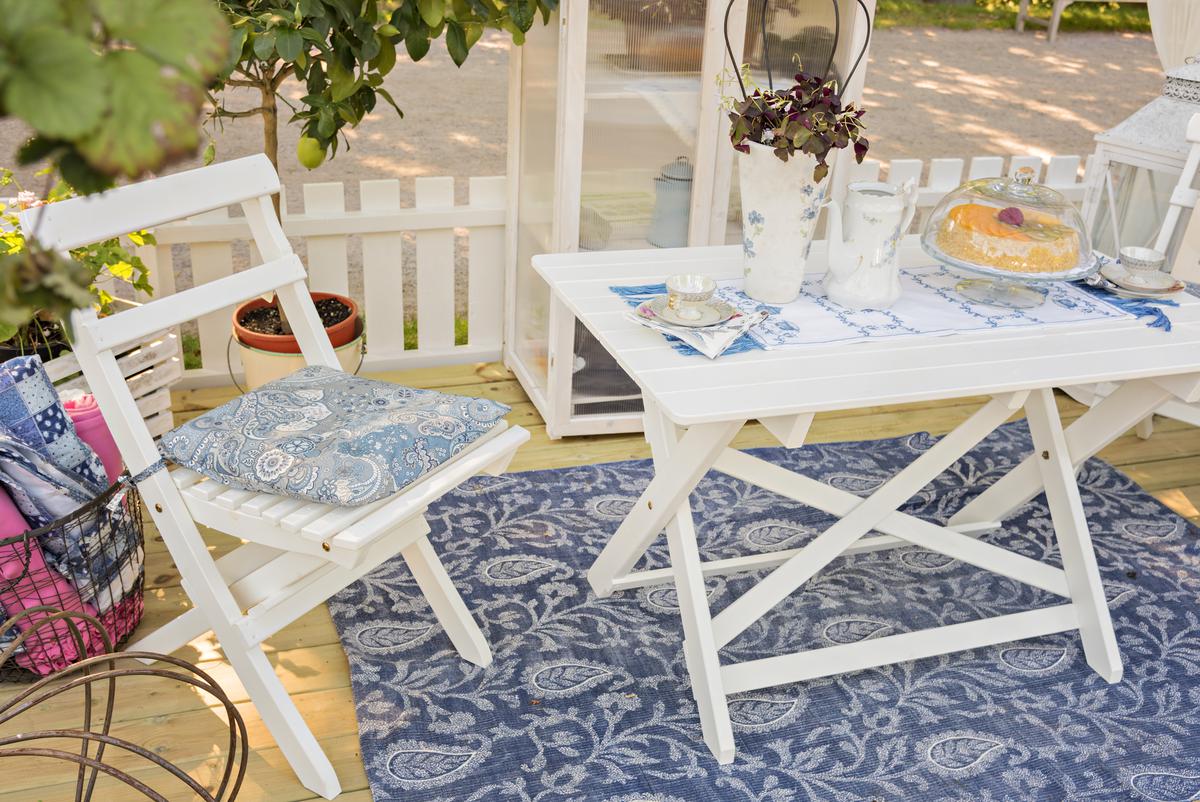
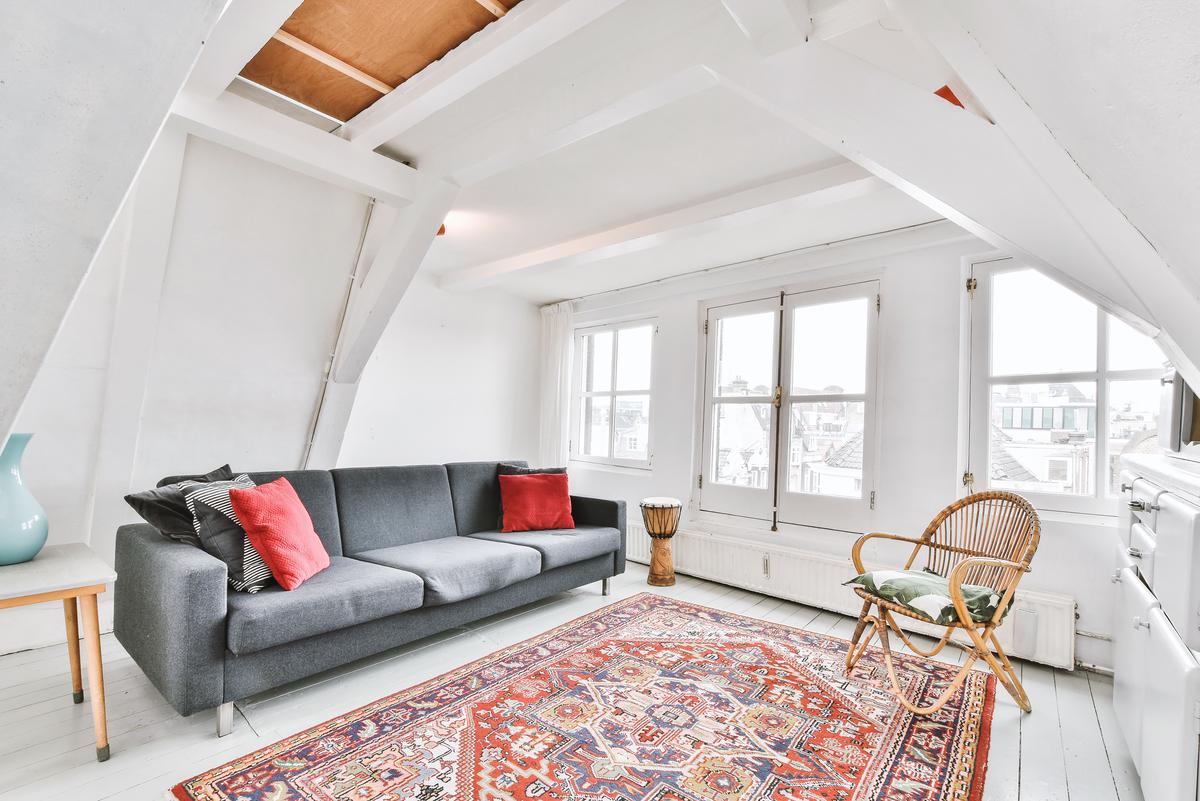
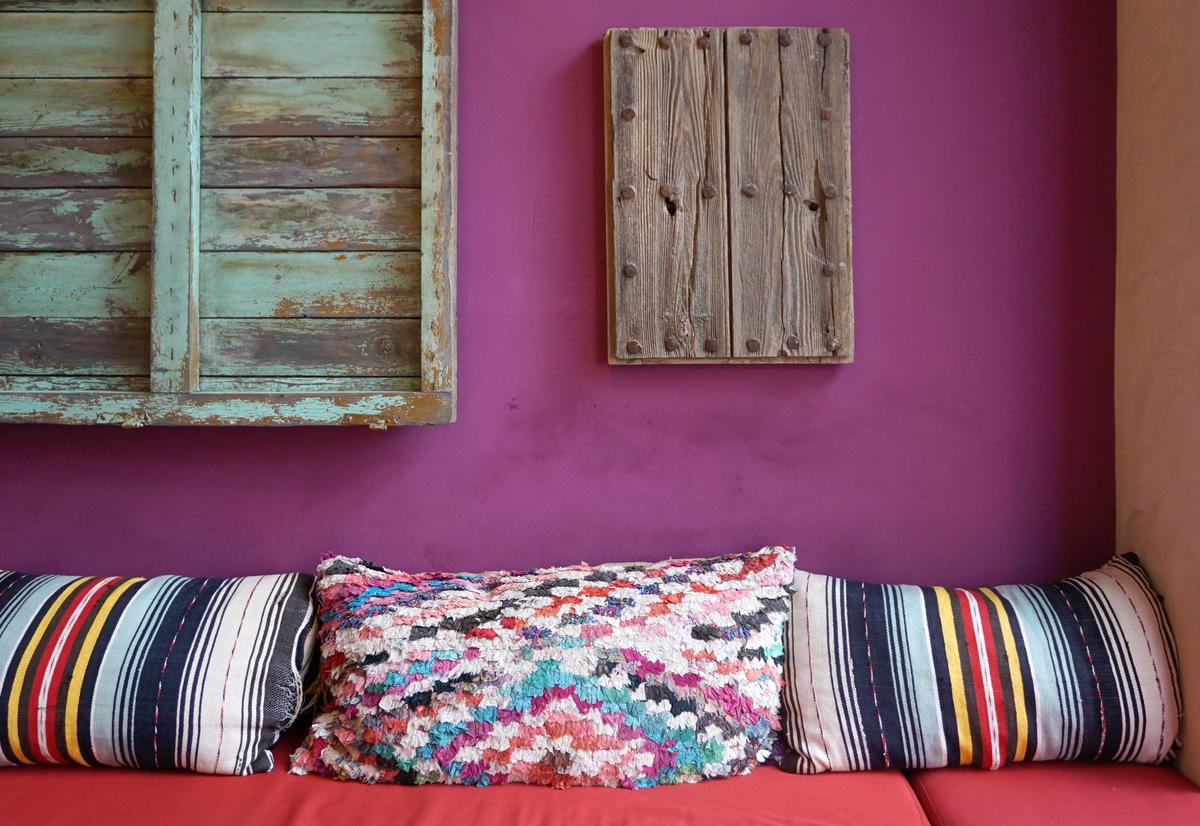
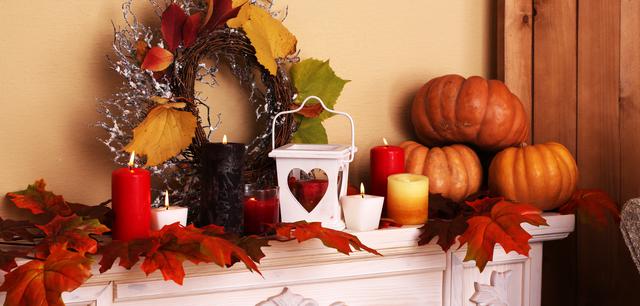

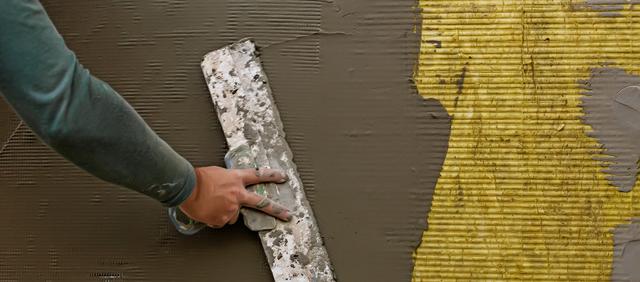

comments